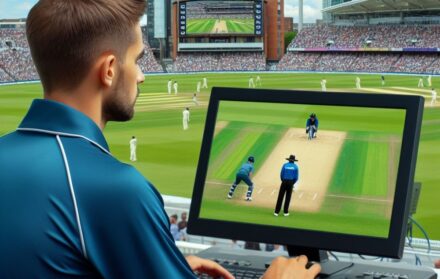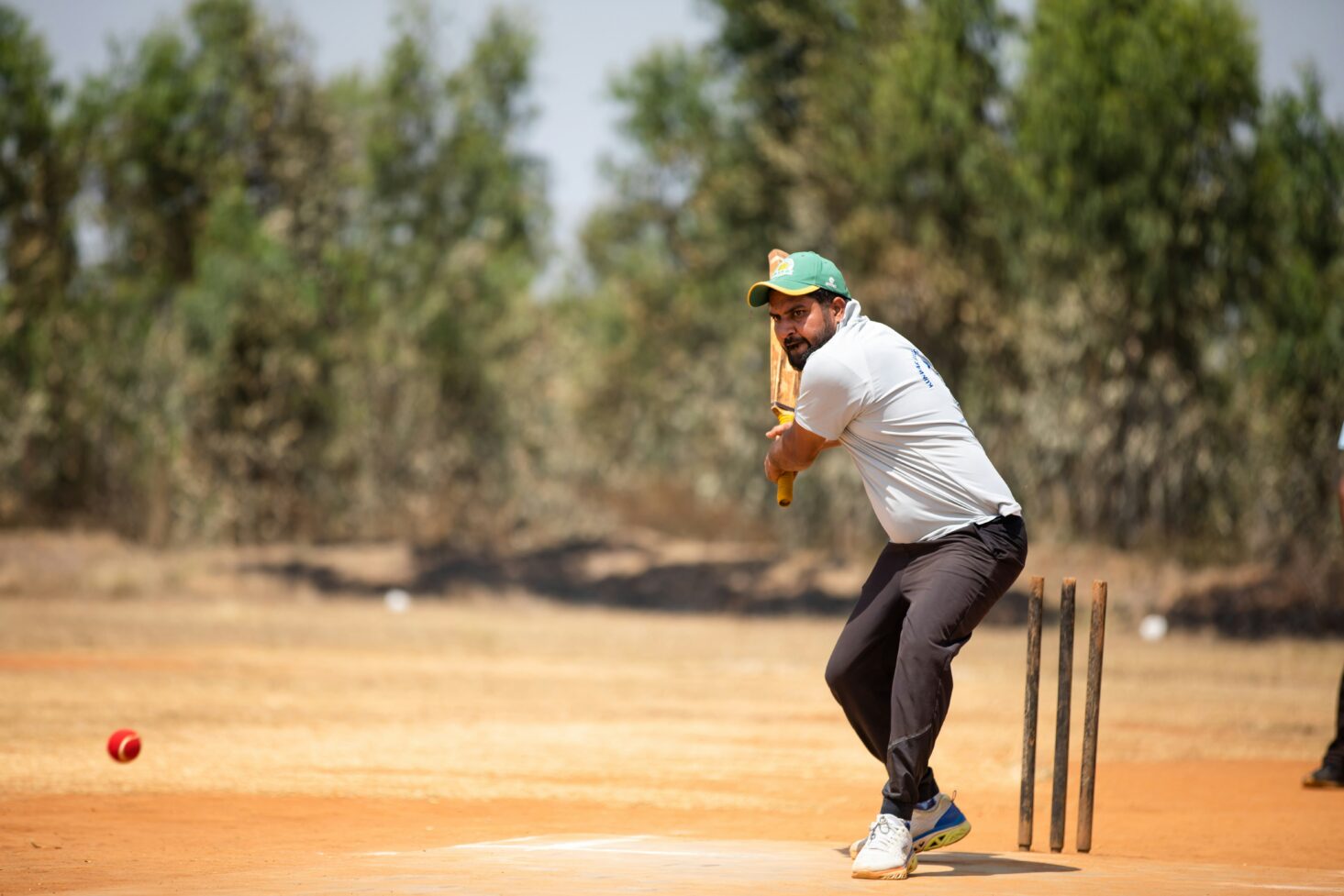
How to Maintain Your Cricket Equipment
Cricket, often dubbed the gentleman’s game, has captivated millions with its rich history, technique, and finesse. As with any sport, the tools of the trade play a pivotal role in the success and safety of the participants. Ensuring the longevity and optimum performance of these tools requires regular maintenance and care.
Whether you’re a budding cricketer or a seasoned professional, learning to maintain your cricket equipment is paramount. While many young players are absorbed in mastering cricket skills and drills, or understanding the game’s progression across different age groups, it’s equally imperative to appreciate the nuances of maintaining the gear that aids in honing those skills.
The foundation of every cricketer’s kit is the bat. Choosing the right cricket bat size is only the first step; ensuring its longevity requires regular oiling and knocking-in. But bats aren’t the only equipment that necessitates attention. Protective gear, including cricket helmets and gloves for professional players, ensures the safety of the player and thus, demands diligent care.
Moreover, considering the varying environments and conditions in which the game is played, wearing the best cricket sunglasses can make a world of difference, both in terms of performance and eye protection. Similarly, the cricket stumps, though seemingly sturdy, can benefit from periodic checks and storage away from moisture.
For those looking to improve their skills and game strategy, leveraging the best cricket training equipment is key. This not only enhances one’s gameplay but also makes training sessions more productive.
However, just as one would invest time in selecting this equipment, dedicating effort to its upkeep is equally, if not more, essential. After all, well-maintained equipment not only performs better but can also prevent potential injuries.
In conclusion, cricket is a game of precision, strategy, and skill. But underlying these elements is the equipment that players rely on, match after match.
As enthusiasts immerse themselves in the game, be it through playing or following iconic venues like Lords Cricket Ground or the Sydney Cricket Ground, it’s pivotal to remember that the beauty of cricket is as much in the strokes and deliveries as it is in the bats, balls, and protective gear. And preserving this beauty lies in meticulous care and maintenance.
The Sixes Social Cricket Advantage: Elevating Equipment Maintenance
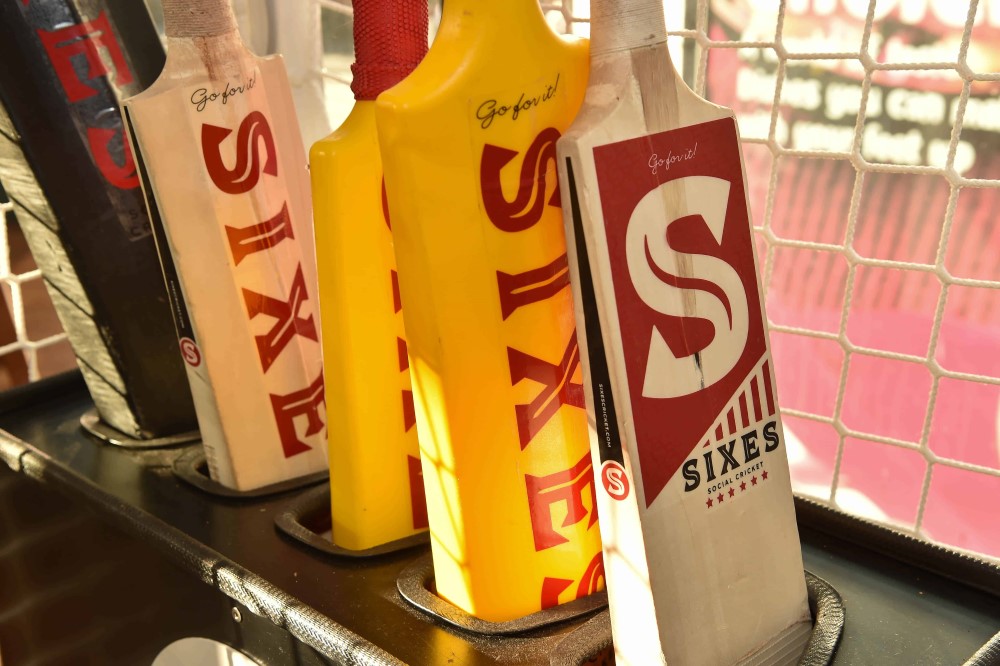
In the realm of cricket, maintaining equipment isn’t just a chore; it’s a crucial aspect of ensuring a top-tier performance. Enter Sixes Social Cricket, a multifaceted venue that not only enhances your cricketing experience but also contributes to the preservation of your cherished gear.
Let’s explore how Sixes Social Cricket becomes a strategic ally in the mission to keep your cricket equipment in optimal condition.
At Sixes Social Cricket, the cutting-edge technology batting cages offer more than just a thrilling gaming experience—they provide a unique platform for maintaining your cricket bat. The virtual bowlers simulate game-like scenarios, allowing you to gauge your bat’s response under various conditions.
This controlled environment is an ideal space for honing your stroke play, all while minimizing the wear and tear on your bat compared to traditional net sessions.
The virtual bowlers at Sixes Social Cricket do more than challenge your batting skills; they offer an advantageous space for examining your cricket ball. The controlled ball release ensures a consistent impact, allowing you to assess the ball’s wear and tear accurately.
With each delivery, you can scrutinize the ball’s seam, texture, and bounce, gaining valuable insights into its condition and making informed decisions about when to retire or rotate the ball.
Protective gear, often overlooked in standard practice sessions, takes center stage at Sixes Social Cricket. The venue’s commitment to player safety is mirrored in the meticulous inspection of helmets, pads, and gloves. The immersive environment provides a practical setting to assess the impact absorption of your protective gear.
The regular use of these items in the batting cages ensures they maintain their shock-absorbing properties, guaranteeing you step onto the field with confidence in your safety equipment.
In essence, Sixes Social Cricket isn’t just a venue for entertainment; it’s a partner in your mission to keep your cricket equipment at its peak. The cutting-edge facilities contribute to a comprehensive maintenance routine, offering you the advantage of not only improving your skills but also extending the life of your cherished gear.
As you revel in the excitement of each game at Sixes Social Cricket, remember that you’re not just playing; you’re also preserving the longevity and performance of your cricket equipment.
Cleaning Your Cricket Equipment
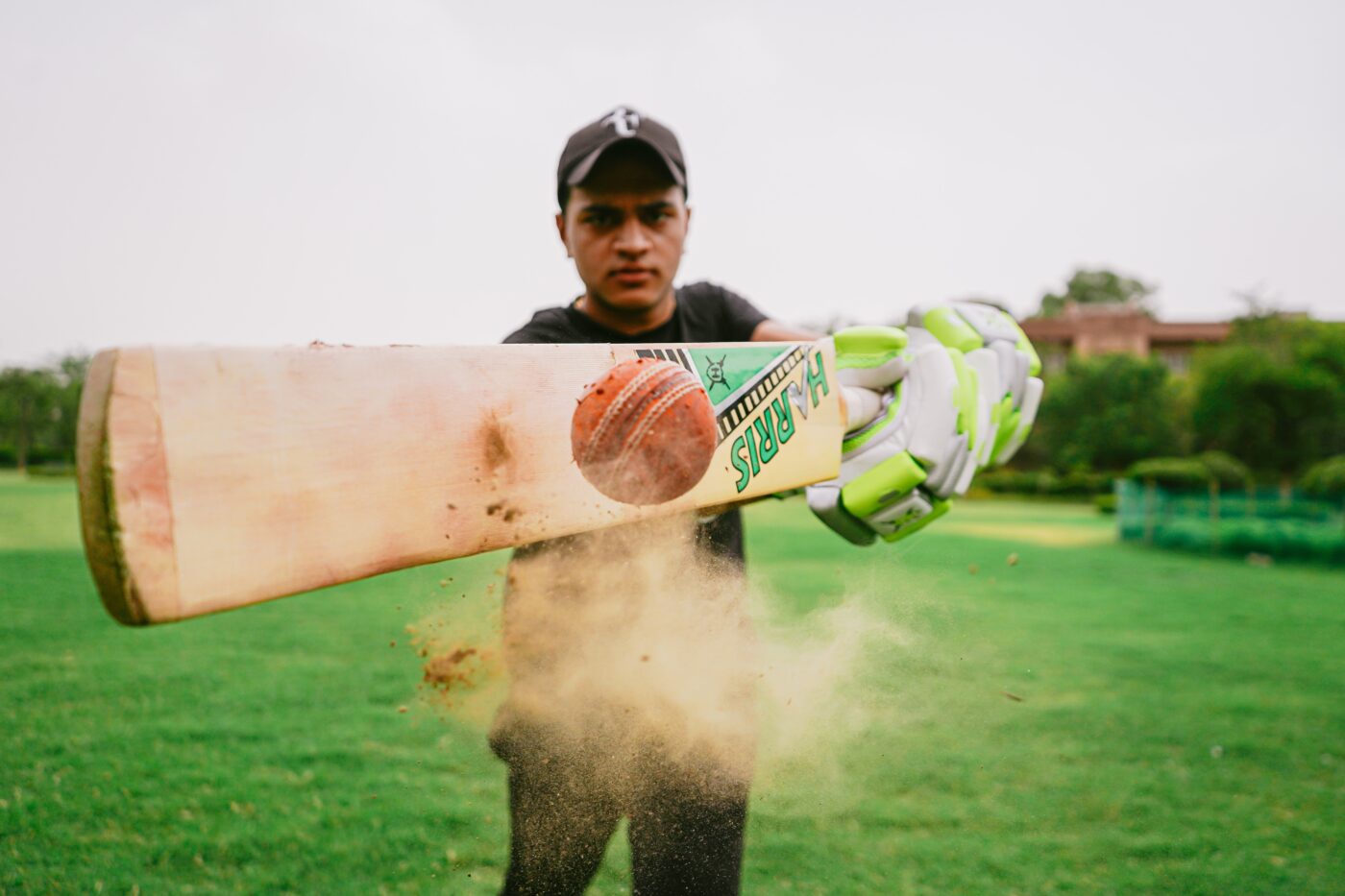
When it comes to cleaning your cricket equipment, it is crucial to prioritize both hygiene and the longevity of the gear. Follow these steps to effectively clean your cricket equipment:
1. Helmet: To eliminate dirt and sweat stains, use a damp cloth with mild detergent or a helmet cleanser to wipe the exterior. Rinse and dry it thoroughly.
2. Pads: Use a soft brush to get rid of excess dirt or grass. Wipe them down with a damp cloth and mild detergent to remove stains. Allow the pads to air dry.
3. Gloves: Gently scrub the gloves with a mixture of mild detergent and water, focusing on the palm area. Rinse them thoroughly and let them air dry.
4. Thigh Guard: Wipe the thigh guard with a cloth or sponge soaked in soapy water. Rinse it and allow it to air dry.
5. Bat: Brush off any surface dirt from the bat. Wipe it with a damp cloth and mild detergent to remove stains. Make sure the bat is completely dry.
6. Bag: Empty the bag and wipe down the interior with a damp cloth. Clean the exterior using mild detergent and water. Let the bag air dry completely before storing your equipment.
Regular cleaning is not only essential for maintaining cleanliness but also for prolonging the lifespan of your cricket equipment. Remember to practice good hygiene and prevent the accumulation of dirt and bacteria.
Fact: Cleaning your cricket equipment after each use helps prevent the spread of germs and bacteria.
Thoroughly Examine Your Cricket Equipment
When it comes to maintaining your cricket equipment, it is crucial to thoroughly examine it on a regular basis. This thorough examination will ensure that your equipment is in excellent condition and ready for use. Follow these steps to conduct a comprehensive examination of your cricket equipment:
1. Carefully inspect your cricket bat: Take a close look for any cracks or splits in the wood. Check if there are any loose or damaged grips that may require replacement. It is also important to ensure that the edges of the bat are not worn down.
2. Conduct a thorough examination of your cricket pads: Pay attention to the straps to ensure that they are securely in place and not frayed. Look for any tears or damage to the padding. Make certain that the knee rolls are intact and in good condition.
3. Evaluate your cricket gloves: Examine the palms and fingers for any holes or tears. Verify that the padding offers proper protection. Check the straps for any signs of wear or damage.
4. Inspect your protective gear: Take a close look at your helmet to identify any cracks or damage. Confirm that the face guard is securely attached. Examine the chest guard and arm guard for any signs of wear or tear.
5. Thoroughly examine your cricket shoes: Carefully check the soles for any indications of wear or damage. Look for any loose or broken spikes that may need to be replaced. It is also important to ensure that the shoe laces are in good condition.
By conducting a thorough examination of your cricket equipment, you can identify any performance or safety issues. It is recommended to perform these checks both before and after every game or practice session. Through regular inspection, you can ensure optimal performance on the field while prolonging the lifespan of your cricket equipment.
Repairing or Replacing Damaged Equipment
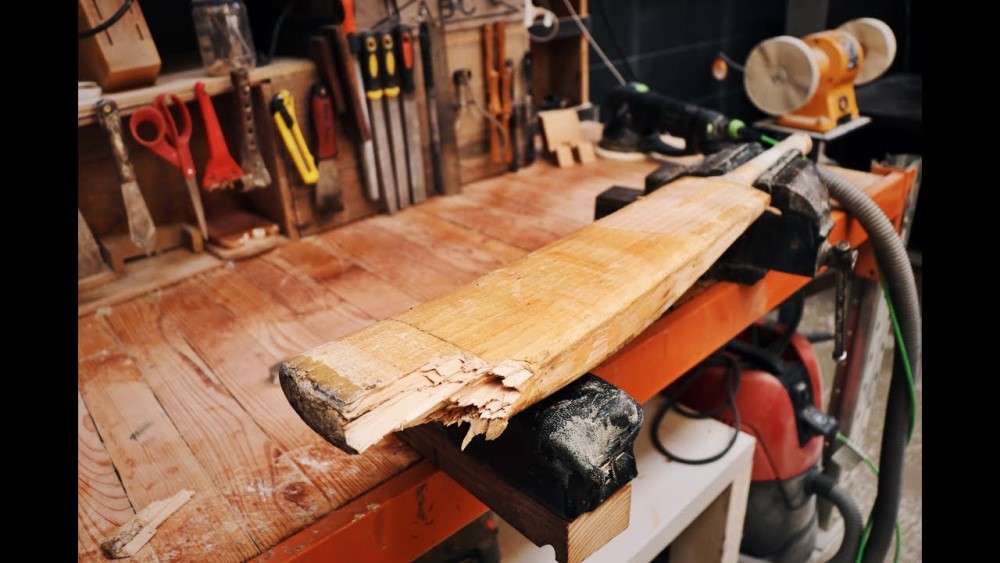
When it comes to cricket equipment, it is important to know how to repair or replace damaged items for optimal performance on the field. Here is a step-by-step guide to help you:
1. Assess the damage: Carefully examine the equipment for cracks, tears, or signs of wear and tear.
2. Repair small damages: If the damage is minor, such as a small tear in the cricket gloves or a loose thread on the cricket bat grip, attempt to fix it yourself using suitable adhesive or thread.
3. Seek professional help: For complex repairs or extensive damages, it is recommended to seek professional assistance. They have the skills and expertise to handle intricate repairs.
4. Replace irreparable equipment: If the cricket equipment is beyond repair, it needs to be replaced. Choose a replacement that meets the required standards and regulations.
5. Regular maintenance: To prevent future damage, regularly maintain and care for your cricket equipment. Clean it after each use, store it properly, and avoid extreme temperatures or harsh conditions.
Suggestions:
- Prioritise safety when repairing or replacing cricket equipment.
- Invest in high-quality, durable equipment.
- Have spare equipment on hand for quick replacements during games or practice.
- Stay updated with guidelines and regulations regarding cricket equipment.
By following these steps and suggestions, you can effectively repair or replace damaged cricket equipment, ensuring you are well-prepared for matches and practice sessions. Remember, maintaining your equipment is crucial for optimal performance and longevity.
Storing Your Cricket Equipment Properly
Please ensure that you store your cricket equipment in the correct manner to guarantee its longevity and optimal performance. The following steps should be followed:
Cleaning the equipment: Before storing, it is important to thoroughly clean your gear. Use a cloth or brush to wipe the bat, pads, gloves, and helmet, removing any dirt or sweat. This procedure will prevent the accumulation of grime, extending the lifespan of your equipment.
Drying thoroughly: After cleaning, make sure that all your equipment is completely dry before storing it. Moisture can lead to the growth of mould or mildew, causing damage to the materials. Leave the equipment in a well-ventilated area until it is fully dry.
Organisation and separation: Store your equipment in separate compartments or bags to prevent scratching or damage. Utilize bat covers or sleeves to protect the surface of the bat.
Avoid extreme temperatures: Store your equipment in a cool and dry place, away from direct sunlight and extreme temperatures. Excessive heat can deform the bat, and cold temperatures can damage the glue and padding of gloves and pads.
Regularly check for damage: Periodically examine your stored equipment for any signs of wear or damage. Replace any worn-out or damaged parts to maintain performance and safety.
Proper bag storage: If you are using a cricket equipment bag, store it in an upright position to prevent distortion or damage to both the bag and its contents.
By adhering to these steps, you can ensure that your cricket equipment is stored properly and remains in excellent condition for many seasons to come.
Maintaining Cricket Balls

Cricket balls are essential and require proper maintenance for long-lasting performance. Please adhere to the following steps:
1. Clean the ball: After each use, wipe it with a moist cloth to remove dirt or mud. Avoid using harsh chemicals as they can damage the ball’s surface.
2. Check for damage: Thoroughly inspect the ball for cracks, splits, or loose stitching. If any damage is found, replace the ball to ensure fair play and player safety.
3. Store correctly: When not in use, store the ball in a cool and dry place. Extreme humidity or temperature can affect its shape and durability.
4. Rotate usage: During practice sessions and matches, rotate the balls to prevent excessive damage.
5. Maintain the shine: Polish one side of the ball to enhance swing and movement. Use cricket ball polish by applying a small amount to a soft cloth and gently rubbing the shiny side.
Remember, maintaining cricket balls is crucial for fair gameplay and the longevity of the ball. Please follow these steps to maximize performance and lifespan.
Taking Care of Cricket Bats
When taking care of cricket bats, please adhere to the following steps to ensure their longevity and performance:
- Maintain cleanliness of the bat: After each use, wipe the bat with a clean cloth to remove dirt and debris. Avoid using water or harsh cleaning products as they can cause damage to the bat.
- Safeguard the face and edges: Apply a protective facing tape to prevent cracks and dents during gameplay.
- Apply oil to the bat: Regularly apply linseed oil to the bat to keep it moisturized and prevent drying. Apply a thin coat to the face, edges, and back. Allow the oil to soak for a few hours before wiping off any excess.
- Store the bat correctly: Store the bat in a cool, dry place. Avoid extreme temperatures or excessive humidity, as they can lead to warping or cracking.
- Inspect for any damage: Regularly check for cracks, dents, or loose grains. Have any issues repaired by a professional to prevent further damage.
- Use a bat cover: When transporting your bat, use a bat cover to safeguard it from scratches, dents, and moisture.
By following these steps, you can ensure that your cricket bat remains in optimal condition, enabling you to perform at your best on the field.
Caring for Cricket Pads and Gloves
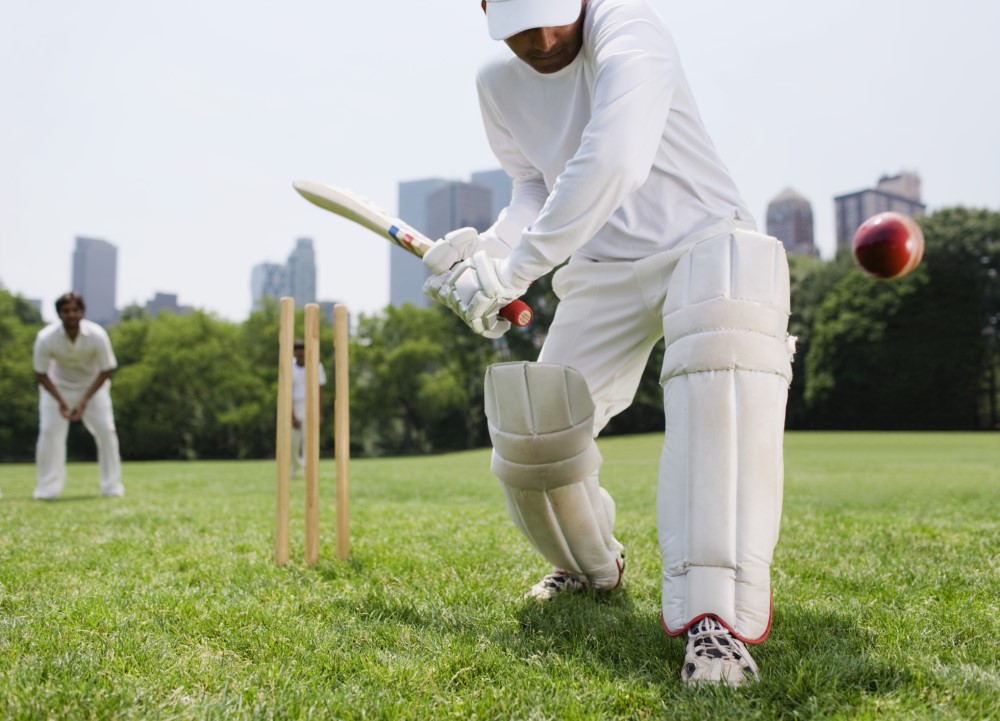
To care for your cricket pads and gloves, it is important to follow a few steps. First, make sure to clean them after every use. Simply wipe your pads and gloves with a damp cloth to remove dirt, sweat, and grime. By doing so, you can prevent bacteria from accumulating and increase the lifespan of your equipment.
It is crucial to regularly check for any damage. Examine your pads and gloves for signs of wear and tear, such as loose straps, torn stitching, or damaged padding. If you notice any issues, it is important to repair or replace the damaged parts. This will ensure the safety and durability of your gear.
When storing your pads and gloves, choose a dry location. Moisture can lead to mould or mildew damage, so it is important to keep them in a cool, dry place away from direct sunlight. Avoid storing them in damp kit bags or lockers to maintain their quality.
To maintain the shape and protection of your pads, consider using a pad-striking mallet. Gently striking the pads with this padded tool will prevent the padding from becoming flat or compressed, ensuring optimum performance and safety.
Allow for proper ventilation before storing your pads and gloves. Make sure they are completely air-dried to prevent unpleasant odors and keep them fresh for the next match.
By following these steps, you can ensure that your cricket pads and gloves remain in good condition. This proper care will not only provide the necessary protection and comfort during matches but also extend their lifespan and improve performance on the field.
Cleaning and Maintaining Protective Gear
Cleaning and maintaining protective gear is essential for its durability and effectiveness in keeping you safe during cricket matches. Please follow these steps to clean and maintain your gear:
- Carefully inspect your gear for any visible damage or signs of wear, such as loose straps, torn padding, or deterioration. It is important to address any issues before proceeding with the cleaning process.
- Prior to cleaning, remove all removable components such as pads, straps, and inserts. This will make the cleaning process easier and more thorough.
- Take a damp cloth or sponge and gently wipe the outer surfaces of your gear. If needed, you can use a mild detergent, but be sure to avoid harsh chemicals that can degrade the materials. Pay close attention to areas that tend to accumulate sweat and dirt.
- Always refer to the manufacturer’s instructions for cleaning removable components. Hand wash pads and straps using a mild detergent, and allow them to air-dry. Avoid machine washing as it can potentially damage the materials.
- Carefully examine your helmet for any cracks or dents. If you notice any damage, seek advice from a professional for repair or consider replacing the helmet altogether to ensure your safety.
- After cleaning, make sure to allow your gear to air-dry completely before storing it. Avoid exposing the gear to direct sunlight and high humidity, as these conditions can promote bacterial growth and material deterioration.
- Store your gear in a cool and dry place, away from any moisture and extreme temperatures. It is recommended to use a gear bag or storage container to protect your gear from dust and contaminants when it is not in use.
By regularly cleaning and maintaining your protective gear, you can prolong its lifespan and ensure optimal protection during cricket matches. Follow these steps to keep your gear in excellent condition and focus on the game without any concerns.
Maintaining Cricket Shoes

To ensure the longevity of your cricket shoes, it is important to properly maintain them. Follow these steps to keep your shoes in optimal condition:
1. Remove dirt and debris: After each game or practice, use a soft brush or cloth to clean your shoes. This will prevent dirt and dust from accumulating and causing damage to the shoe material.
2. Spot clean: If there are stubborn stains, gently scrub the stained areas with a mild detergent or shoe cleaner. Use a soft brush or cloth for this process. Afterwards, wipe the shoes clean with a damp cloth. Avoid using harsh chemicals or abrasive materials that can harm the shoe surface.
3. Air dry: After cleaning, allow your shoes to air dry naturally. Avoid exposing them to direct heat sources, as this can warp or dry out the material.
4. Apply leather conditioner: If you have leather cricket shoes, it is important to regularly apply conditioner to keep the material soft and prevent cracking. Follow the instructions on the conditioner for best results.
5. Protect the soles: To prevent excessive wear and tear, especially on hard surfaces or artificial turf, consider using a sole protector or crepe rubber sheet. Replace these protectors as necessary for optimal effectiveness.
6. Proper storage: When you’re not using your cricket shoes, store them in a cool, dry place away from direct sunlight. This will prevent moisture buildup, mold growth, and deterioration of the materials.
7. Replace when necessary: Even with proper maintenance, cricket shoes will eventually wear out. Regularly check for signs of excessive wear, such as flattened soles or torn leather. Replace the shoes when needed to ensure optimal performance and prevent injuries.
By following these steps, you can effectively maintain your cricket shoes and enjoy their long-lasting performance.





